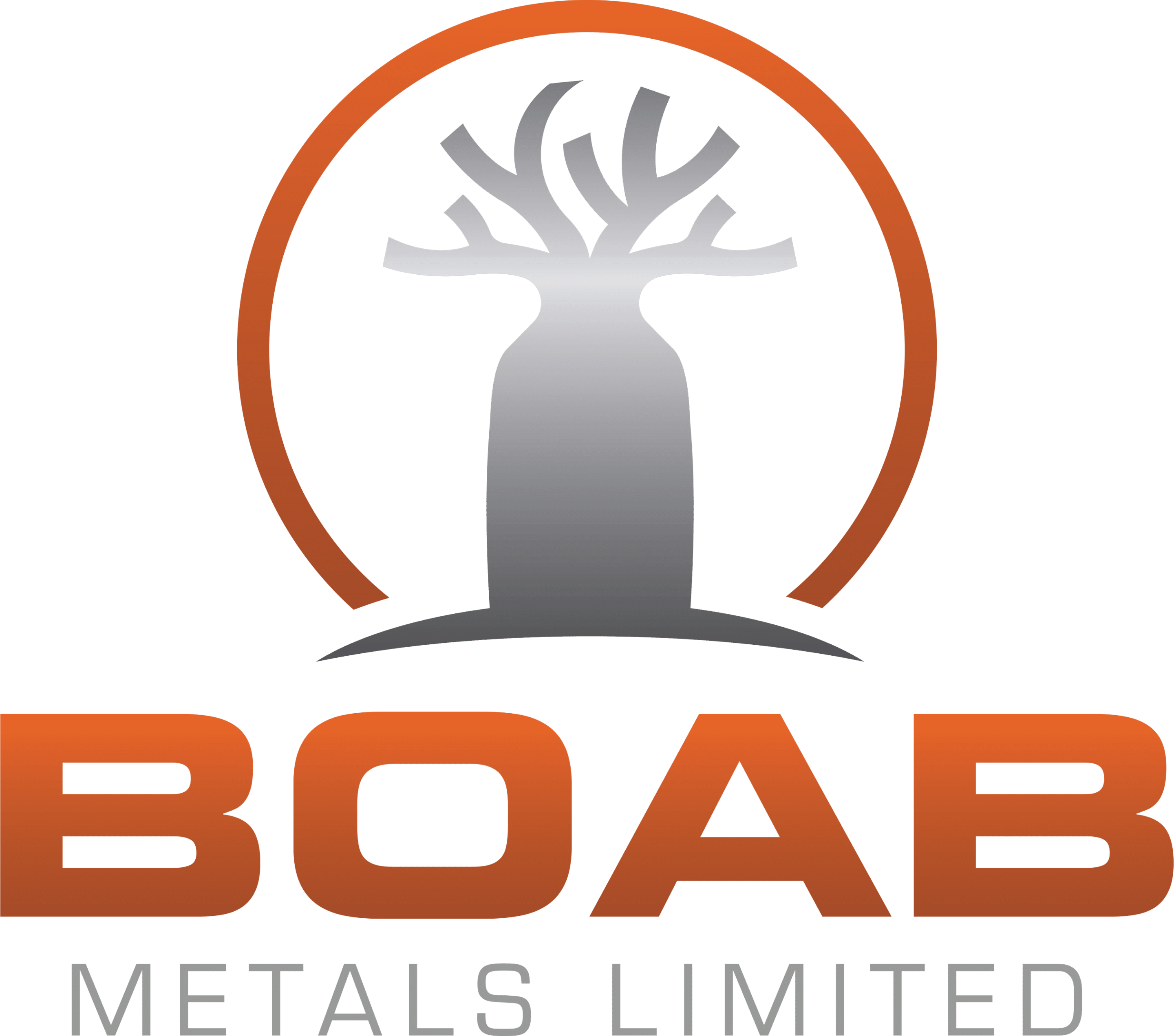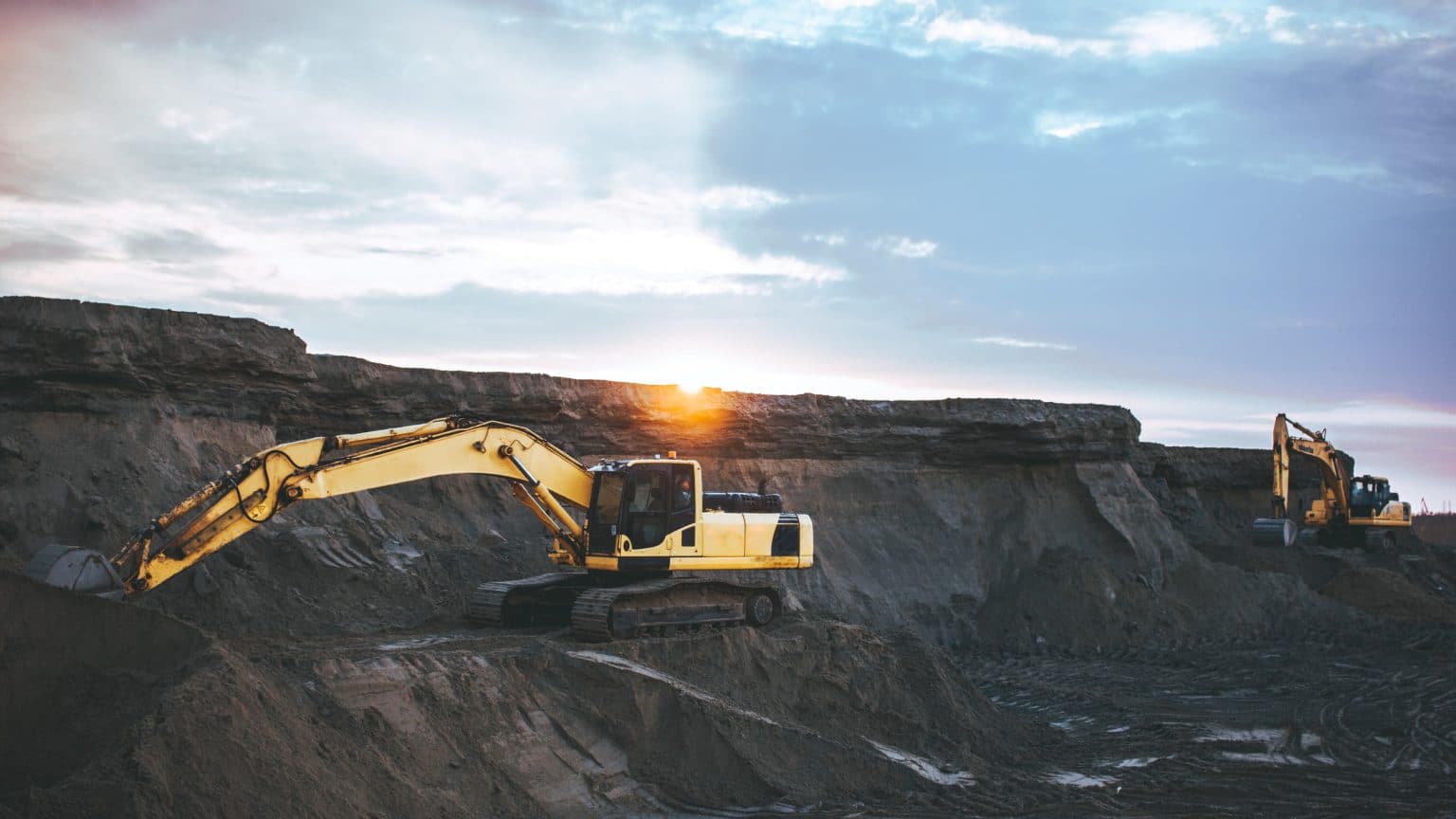ESG stocks are serious business. The Australian responsible investment market set new records in 2021, with the total value of assets under management (AUM) jumping 30% to $1,281 billion, according to KPMG.
Responsible investments accounted for 40% of Australia’s total assets under management (AUM), up from 31% in 2019.
ESG stocks on the ASX are outperforming established stocks. Globally, ESG stocks also registered record gains, buoyed by interest on the investor side and action from companies.
And perhaps no sector has felt the positive pressure to demonstrate a commitment to sustainability more than mining.
In recent years, the mining industry’s approach to ESG has evolved from reactive to proactive, from ‘nice to have’ to ‘mission critical’.
As Australian Mining published in November 2021, “ESG reporting in recent years has gone from something that is desirable to something that is crucial to attracting and retaining investor capital and support.”
So what’s behind the sustainability surge? And will the wave break, or are ESG stocks the new stayers on the ASX?
First things first: What is ESG investing?
ESG is the lens today’s investors use to assess a company’s commitment to environmental, social and governance issues.
According to Investopedia, responsible investing dates back to the 1800’s.
It’s been called many things since then:
- Impact investing
- SRI (socially responsible investing)
- Environmental investing
- ESG investing
Today, interest in ESG stocks is driving real change in the resources sector, not only in how companies report on activity but also in their approach to doing business.
Investors are increasingly interested in companies that demonstrate proactivity on environmental, social and governance issues.
A risky perspective
Another way asset managers view ESG stocks is from the perspective of assessing the company’s exposure to risks.
- Environmental risks: The physical risks of climate change
- Social risks: Reputational damage caused by inaction or greenwashing
- Governance risks: Regulatory action from governments
These factors are ingrained within a broader risk profile alongside traditional financial and operational concerns.
Companies that understand and optimise their risk profile will inevitably attract more investment.
How is ESG investing changing mining practices?
A little over a decade ago, Australian companies might have viewed ESG reporting as a branding exercise.
Boutique investors and social responsibility NGO’s were the primary audiences for these high-level reports.
But in recent years, ESG has become a gauge of long-term performance as the two perspectives – risk and responsibility – meet in ESG strategies.
ESG reports still exist, although they are more detailed, transparent, and more closely scrutinised, because ESG action directly relates to long-term value creation.
Environmental strategies
Committing to sustainable environmental practices indicates a company understands its physical risks.
Through policies, partnerships and practices, responsible mining companies are minimising their environmental footprint to ensure they can continue operating for years to come.
This could look like:
- Net-zero targets: More companies are aligning to the Paris Agreement and targeting net-zero carbon emissions by 2050.
- Water management: Water remains a scarce and valuable resource in Australia. Boab Metals, for example, is in discussion to donate usable wastewater to a nearby agricultural project to reduce our environmental impact.
- Tailings management: Tailings are a persistent and severe environmental issue. Responsible management plays a significant role in the legacy a mining company leaves behind.
- Renewable energy use: Our Sorby Hills lead-silver project will draw from the same renewable hydro dam that powers Kununurra, reducing the demand for fossil fuels.
- Land rehabilitation: No longer an afterthought but an obligation to be proactive, mining companies must have strategies to rehabilitate land, so it has social, economic and biodiversity value.
Environmental management is an ongoing commitment.
Real action looks like a systematic approach to sustainable operations informed by objective evaluation, monitoring and training.
Social strategies
Where environmental strategies create value by ensuring the longevity of mining projects, social strategies deliver returns in reputational capital, employee wellbeing and innovation.
Mining companies have a responsibility to contribute to their community.
In practice, that means:
- First nations partnerships: Through procurement policies, community investment, consultation and genuine engagement, mining companies can demonstrate respect for traditional owners.
- Community investment: Mining companies can help build vibrant communities and preserve cultural heritage. For example, Boab Metals is proud to be the naming rights sponsor for the iconic Ord Valley Muster.
- Local employment: There are more than 250,000 people employed in over 100 careers in the resources sector. From mine rehabilitation to building robots, engineers to electricians, investing in local employment and training programs has shared benefits for communities and mining companies.
- Employee health and safety: Ensuring everyone who goes to work returns home safe and healthy is a top priority. Mining companies are increasingly implementing physical and mental health programs, supporting community health groups and developing health resources.
- Diversity and inclusion: Companies that invest in diversity, respect and inclusion attract high-calibre talent and foster innovation at every level – not to mention creating a better workplace.
Social commitments generate long-term value, making ESG stocks more appealing to savvy investors.
Governance strategies
From all three perspectives (business, investor and community), good governance practices play a significant role in creating value.
Governance underpins environmental and social performance.
In other words, when good governance is integrated into culture, practices and policies, ESG investors take notice.
- Accountability: Companies face increasing pressure to hold themselves accountable and communicate openly, from tax transparency to honest reporting on environmental and social performance.
- Ethical practice across the value chain: Committing to fair, responsible and humane business practices (such as eliminating modern slavery and corruption) signals that a company believes in its longevity and respects global economies.
- Risk management: Leadership, company culture and robust processes are the cornerstones of safe working environments. Risk management continues to evolve with increasingly sophisticated harm minimisation, mental health and safe working practices.
- Maintaining global standards: Australian mining companies have a responsibility to lead by example. Our highly skilled workforce and progressive regulators should continue to set the pace for international trading partners and developing economies.
Australia’s mining industry is a global leader in responsible governance practices.
However, there is always more we can do.
Boab Metals is committed to continuously improving our governance practices, communicating transparently and doing the right thing.
The bottom line on ESG investing
Actions speak louder than words.
ESG stocks on the ASX continue to outperform traditional stocks, proving the value of good governance for all parties.
When mining companies operate responsibly, everyone benefits.
That’s why Boab Metals maintains robust commitments to local communities, employee wellbeing and environmental management.
Our governance policies, processes and practices will continue to support this work as our company grows.

